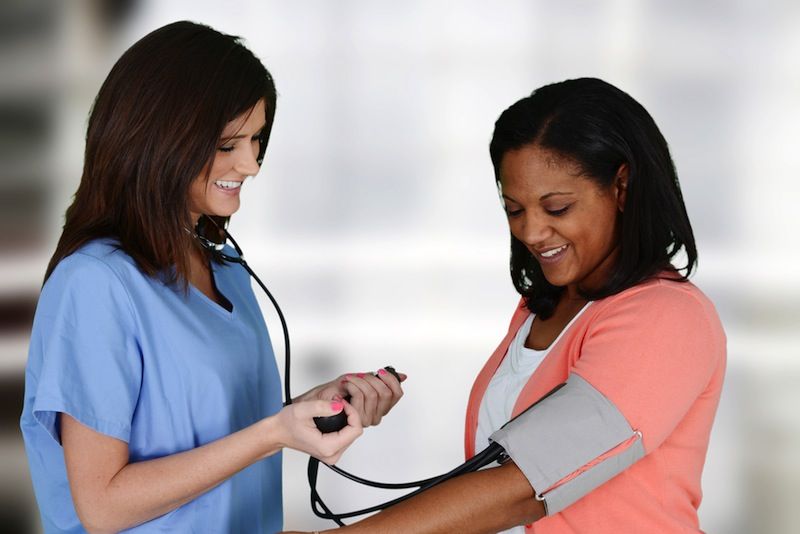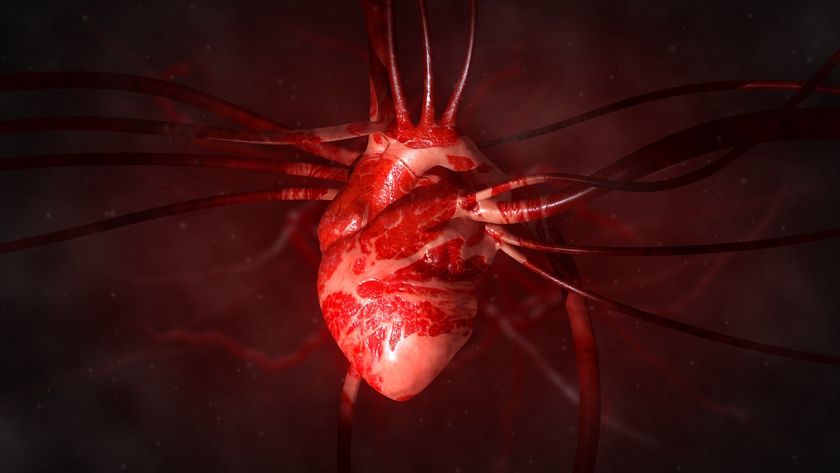New Guidelines Target Stroke Risks Unique to Women

Heart disease experts are calling more attention to women's risk factors for stroke, which can be different from men's. Experts also want to raise awareness of the periods in a woman's life when she is more vulnerable to having a stroke.
Many risk factors for stroke are the same in men and women, such as age, high blood pressure, obesity, smoking, diet, an inactive lifestyle, diabetes and heart disease.
But some stroke risk factors occur only in women, and new guidelines released today (Feb. 6) by the American Heart Association highlight six of them: pregnancy, pregnancy-related high blood pressure, pregnancy-related diabetes, oral contraceptive use, post-menopausal hormone therapy use and changes in hormonal status (such as starting or stopping hormone treatments).
The guidelines are the first from the AHA aimed at helping prevent stroke in women.
"Some of these risk factors for stroke in women have been known before, but they've never been written down in one place with treatment recommendations directly targeted at women," said guideline co-author Dr. Louise McCullough, a neurologist at The Stroke Center at Hartford Hospital in Hartford, Conn. [5 Myths About Women's Bodies]
About 55,000 more women in the U.S. die of stroke than men every year, according to McCullough. Stroke is the fifth-leading cause of death for men, but the third-leading cause in women, partly because women tend to live longer.
The guidelines were published onlinetoday and will appear in the May issue of the journal Stroke.
Sign up for the Live Science daily newsletter now
Get the world’s most fascinating discoveries delivered straight to your inbox.
Unique differences
A stroke occurs when blood flow to a part of the brain is interrupted, most often from a clot in a narrowed blood vessel. This cuts off the brain's supply of blood and oxygen, damaging brain cells and resulting in symptoms such as speech, memory and vision problems and weakness on one side of the body.
After reviewing the latest evidence, a scientific committee developed the guidelines to call more attention to female-specific risk factors for stroke and to raise awareness of the periods in a woman's life when she is more vulnerable to having one.
Two of the biggest risk factors for stroke in women are pregnancy and hormones -- including the use of hormonal contraception like birth control pills as well as hormonal therapy during menopause, McCullough said.
"A lot of women don't know that preeclampsia, or pregnancy-related high blood pressure, puts them at higher risk for hypertension and stroke later in life," McCullough said.
Women with preeclampsia have twice the risk of stroke compared with women who did not have this complication during pregnancy, and are four times more likely to develop hypertension, she said.
Preventing stroke
Even if a woman is in her 40s, 50s or 60s, it's important to tell her doctor if she had hypertension or diabetes during pregnancy because this influences her stroke risk, McCullough said.
The guidelines also focused on several stroke risk factors that are stronger or more common in women. Women who have migraine with aura, as well as women with atrial fibrillation (an irregular heartbeat) and women who are obese or have metabolic syndrome have a greater chance of stroke.
"It's important for women to be aware of her stroke risk and to treat those risks early, even in middle age," McCullough said. For example, she may need to start taking medication and follow a Mediterranean-style diet to reduce high blood pressure at an earlier age.
By treating risks when women are younger, this may help prevent a surge in strokes among women in their 70s and 80s, a time when they are frailer, older and more likely to have a poorer outcome, such as becoming disabled or needing a nursing home, she said.
Follow Live Science @livescience, Facebook & Google+. Original article on Live Science.
Cari Nierenberg has been writing about health and wellness topics for online news outlets and print publications for more than two decades. Her work has been published by Live Science, The Washington Post, WebMD, Scientific American, among others. She has a Bachelor of Science degree in nutrition from Cornell University and a Master of Science degree in Nutrition and Communication from Boston University.












